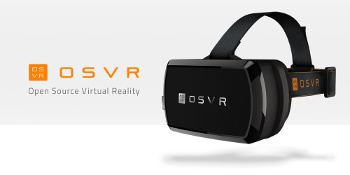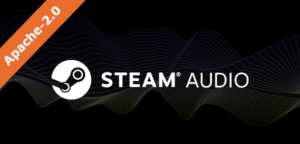When the Oculus Rift first debuted as a kickstarter project in 2012 it brought the possibility of virtual reality (VR) gaming back to the public at large. Nintendo tried it’s hands at virtual reality when it released its Virtual Boy in 1995. The Virtual Boy was an ambitious project that just didn’t find its market at the time. According to critics and testers at its preview, among the primary problems were “its high price, the discomfort caused by play…and what was widely judged to have been a poorly handled marketing campaign.”
The creators of Oculus learned from these problems and created a product that was not only comfortable but immersive, with solid marketing by the company and with a great presence through word of mouth. This leaves pricing as its only problem, which is currently set at $350. While this is not exactly pocket change, it’s about the same as for a current generation X-Box One or PlayStation 4.
The development kit is open source and Linux and OSX support is planned for the near future. Until then there are other open source alternatives for developers looking to get in on the ground floor.
 Open Source Virtual Reality (OSVR), founded by Sensics and Razer, is described on Razer’s website as being “for gamers, by gamers.” OSVR is easily the biggest name on the list for open source implementations of virtual reality, with most search results on the subject leading to it’s website or news about the product. Although the project also doesn’t yet support Linux, support for Android came in June with the release of version 1.2 of Razer’s “Hacker Development Kit.”
Open Source Virtual Reality (OSVR), founded by Sensics and Razer, is described on Razer’s website as being “for gamers, by gamers.” OSVR is easily the biggest name on the list for open source implementations of virtual reality, with most search results on the subject leading to it’s website or news about the product. Although the project also doesn’t yet support Linux, support for Android came in June with the release of version 1.2 of Razer’s “Hacker Development Kit.”
According to Sensics’ website: “Dating back to the late 1990’s, Sensics has been developing and manufacturing high-performance VR products, long before VR was fashionable or popular.” As a contributor and innovator to the field of VR products, Sensics is a trusted manufacturer for customers such as General Motors, Ball Aerospace and Technologies Corp, Canon, and NASA to name a few.
Razer is a company founded in 2005 by a small group “with a mission to create high quality products designed solely to meet the demanding needs of gamers like themselves.” Razer designs high performance gaming Laptops, Mice, and the Android ForgeTV. In addition, the company provides a list of controllers and wearable tech designed for best results in gaming.
OSVR is backed by many major companies, such as Intel, Ubisoft, Valve and GearBox, as well as by a long list of universities. The project also boasts many contributors of software design, sensory support, virtual world design, etc.
 The project points out that it isn’t in direct competition with Oculus or other VR headsets. Instead, its purpose is to give the community access to its developer kit to lower the price on future VR gaming products. In addition, the site offers a 3D blueprint for technically inclined people who want to build their own set of VR glasses. Information or guidelines for using or contributing to its source code can be found on the project’s GitHub page.
The project points out that it isn’t in direct competition with Oculus or other VR headsets. Instead, its purpose is to give the community access to its developer kit to lower the price on future VR gaming products. In addition, the site offers a 3D blueprint for technically inclined people who want to build their own set of VR glasses. Information or guidelines for using or contributing to its source code can be found on the project’s GitHub page.
For those just wanting to code or learn the ropes of virtual reality, FreeVR is an open source VR library started this year containing many tutorials and much documentation on the subject. FreeVR offers guides on configuring administrative features, programming references and more. Unlike OSVR, FreeVR’s guides cover how to compile for Linux, OS X, Windows and more.
Last but not least: OpenSpace3d by I-maginer is a ten-year-old project focusing on design of VR and Augmented Reality products. Within the past few months, the OpenSpace3d team has included support for Android, increased graphics efficiency, and with the support of the Tobii-EyeX device, increased its eye taking capability.
Help keep FOSS Force strong. If you like this article, become a subscriber.
Hunter Banks has been a part of the Southern California Linux Expo (SCALE) Family for the past 13 years. When not writing about open source gaming, he’s working on creating his own games. Follow him on Twitter @SilvrChariot




FYI – FreeVR is a very old project, it just has its latest release in 2015. Can’t find offhand when it started, but Bill Sherman’s had that around for a long time, as the “SGI OpenGL Performer” scenegraph mention hints.